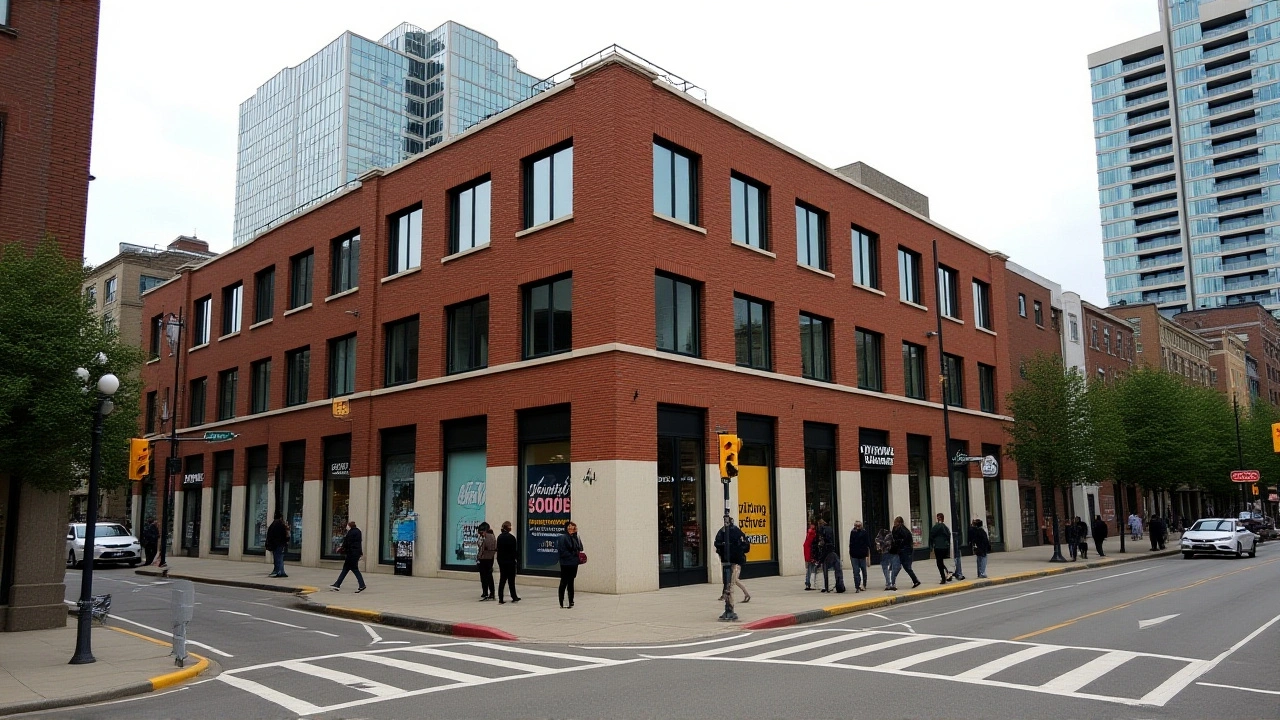McDonald's Canada
When you think of McDonald's Canada, the Canadian branch of the global fast-food giant that operates over 1,400 locations and employs tens of thousands across the country. Also known as McDonald's Canadian Operations, it's more than just burgers and fries—it's a cultural fixture shaped by local tastes, labor laws, and public pressure. From Quebec to British Columbia, McDonald's Canada adapts its menu to regional preferences, offering poutine in the east, maple-flavored desserts in the winter, and plant-based options that reflect growing demand for alternatives. But behind the golden arches, there’s a lot more going on: wage battles, union organizing, and debates over whether the company is doing enough to support workers or just reacting to public outrage.
McDonald's Canada doesn’t operate in a vacuum. It’s constantly influenced by Canadian labor laws, the legal framework that sets minimum wage standards, overtime rules, and union rights for fast-food employees. In provinces like Ontario and British Columbia, where minimum wage has climbed above $16/hour, McDonald’s has had to adjust pay scales and staffing models—sometimes leading to reduced hours or self-service kiosks. Then there’s the McDonald’s menu, the ever-changing list of items tailored to Canadian consumers, from the iconic McLobster in Atlantic Canada to the discontinued Butter Chicken McWrap. These aren’t random experiments; they’re responses to cultural moments, food trends, and even social media backlash.
And let’s not forget the Canadian fast food, the broader industry that includes Tim Hortons, Wendy’s, and A&W, all competing for the same customers and the same dollars. McDonald’s Canada is locked in a quiet but intense battle for loyalty—not just on price, but on perception. Is it the most convenient? The most ethical? The most Canadian? Customers are asking, and the answers are shaping store layouts, delivery partnerships, and even how employees are treated.
What you’ll find here isn’t just press releases or corporate announcements. It’s the real stories: the worker who organized a walkout in Winnipeg, the franchise owner who switched to 100% Canadian beef, the customer who complained online after a $12 Big Mac in Toronto. These aren’t isolated incidents—they’re part of a bigger shift in how Canada sees fast food. Whether you’re a regular, a critic, or just curious, this collection gives you the unfiltered view of what’s happening at McDonald’s Canada right now.

